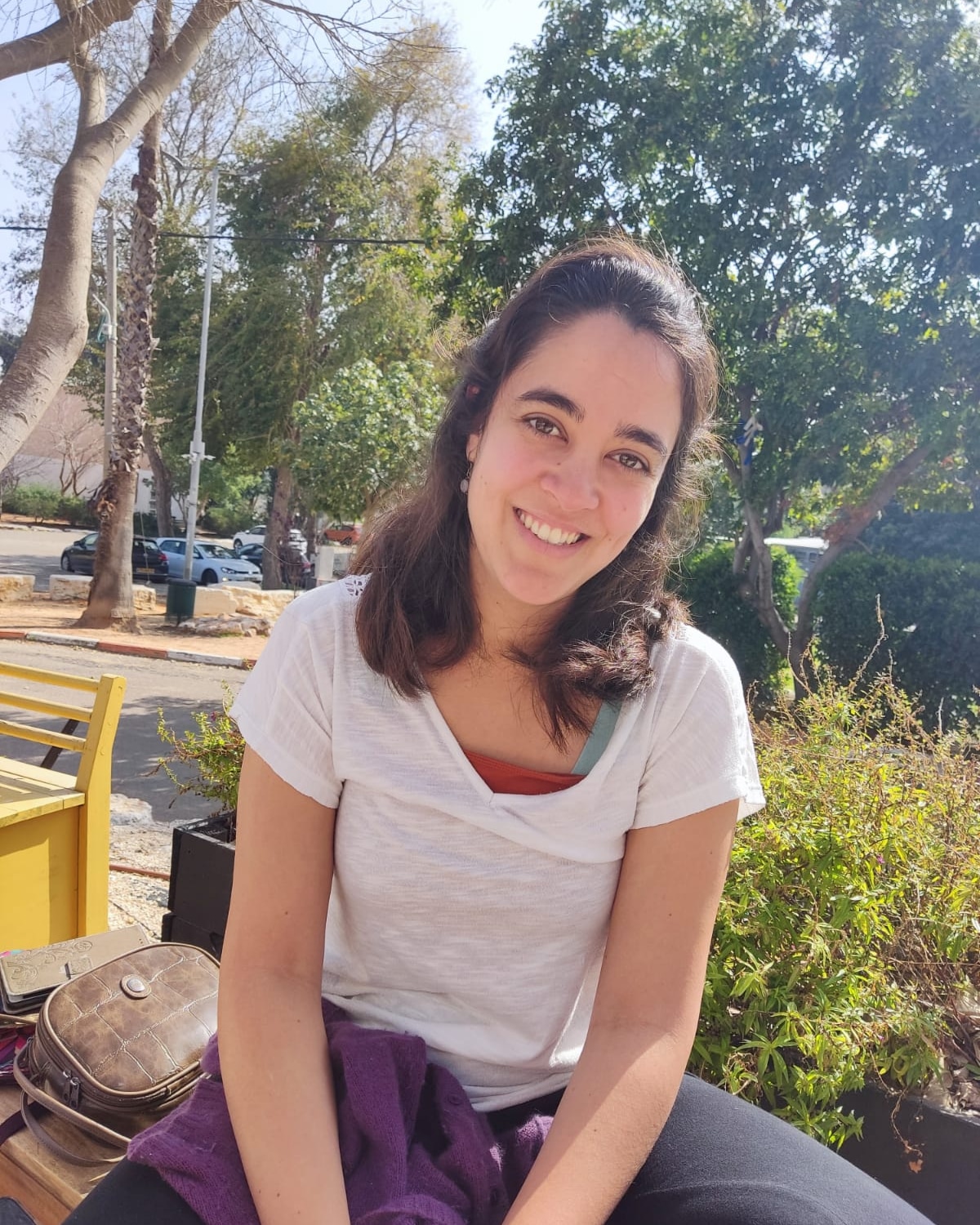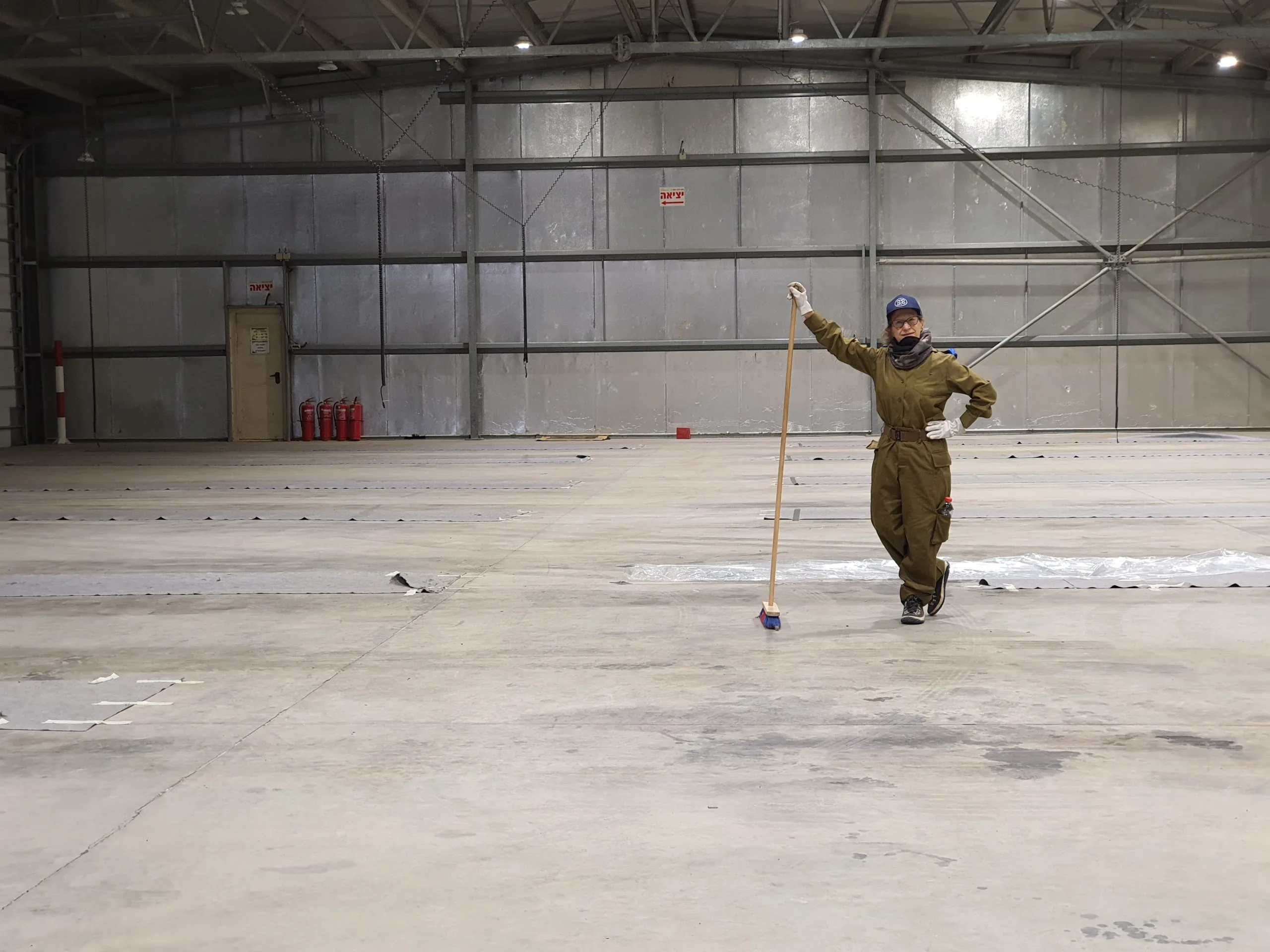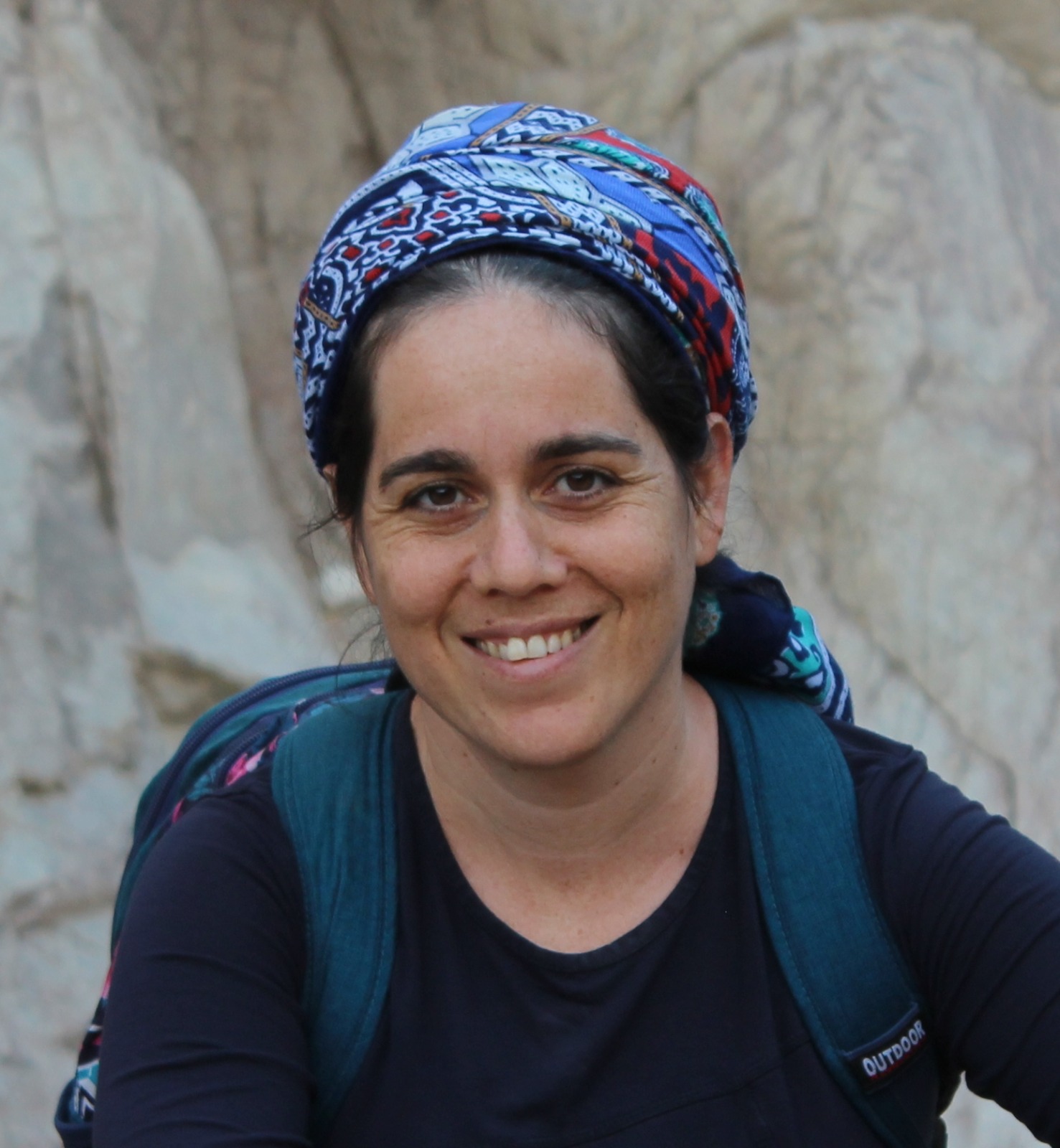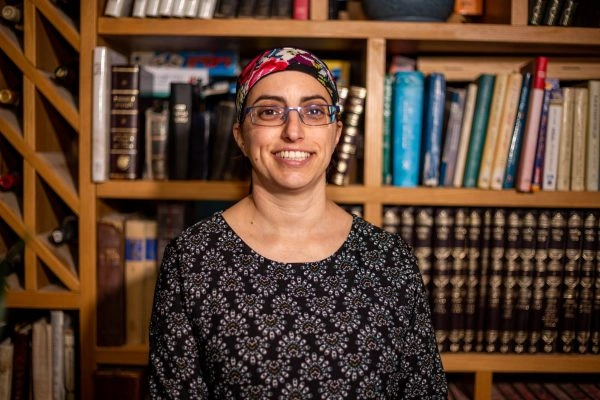השיעור היום מוקדש על ידי סטייסי גודסטיין אשטמקר לעילוי נשמת מאשה בת רייזל ויצחק, שהפכה להיות סבתא של בנותיה למרות שלא הייתה סבתא שלהן בכלל. עדינותה ורגישותה יחסרו לכולנו.
ר’ יצחק מעלה קושיות נגד שיטת ר’ אמי לגבי "פר” – האם זה כולל דמי פר או לא. יש דיון האם פר יום הכיפורים נחשב קרבן ציבור או קרבן יחיד. מהן הדעות השונות ומאיפה כל אחד מביא חיזוק לדבריהם? האם יש דין מורה בפר של יום הכיפורים? זה תלוי בשאלה הקודמת.
















